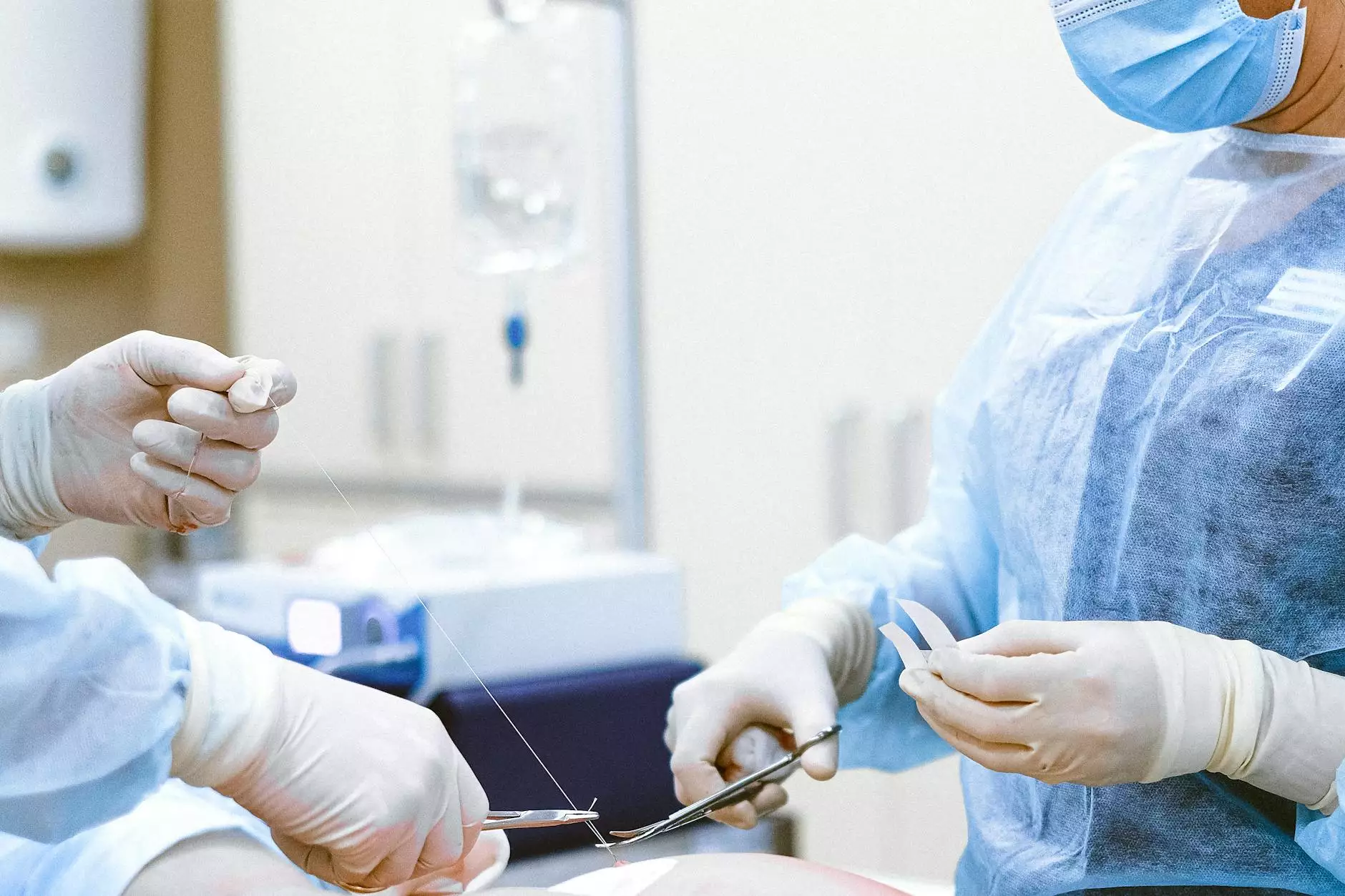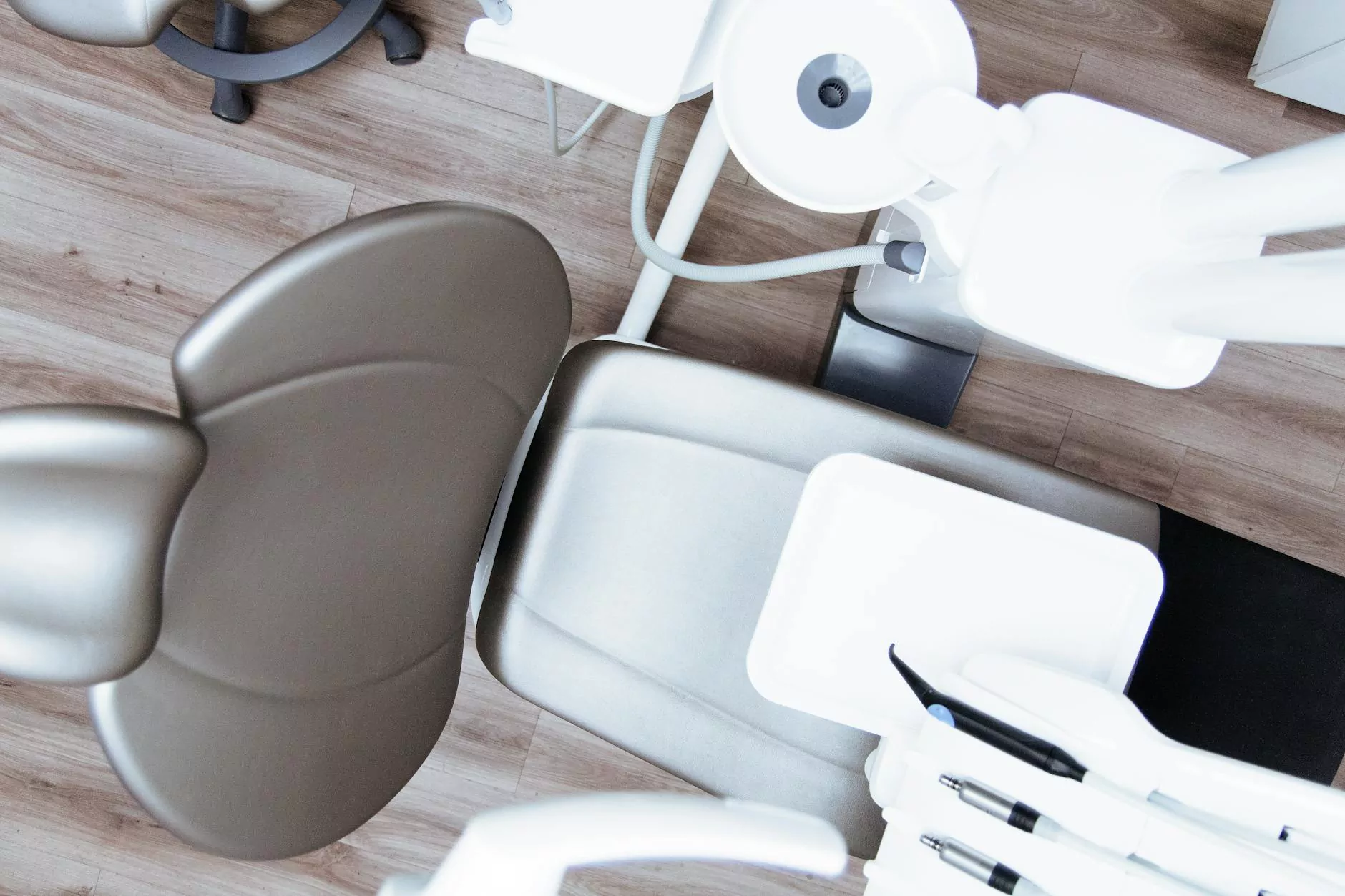Phlebitis Superficial: Understanding and Treatment

Introduction
Welcome to Vein Center of Arizona, your trusted destination for exceptional Vascular Medicine care. In this article, we will delve into the topic of phlebitis superficial, providing you with valuable insights into its causes, symptoms, and available treatments. By understanding this condition, you can be prepared to take proactive steps towards your overall well-being.
What is Phlebitis Superficial?
Phlebitis superficial, also known as superficial thrombophlebitis, is a condition characterized by the inflammation of the veins close to the skin's surface. It occurs when a blood clot forms in a superficial vein, usually in the legs or arms. While this condition is generally not life-threatening, it can still cause discomfort and complications if not addressed promptly.
Causes of Phlebitis Superficial
There are various factors that can contribute to the development of phlebitis superficial. Common causes include:
- Prolonged inactivity or immobility
- Varicose veins or venous insufficiency
- Injury or trauma to the affected area
- Thrombophilia (a blood clotting disorder)
- Previous medical procedures like catheter insertion
Symptoms of Phlebitis Superficial
Identifying the symptoms of phlebitis superficial is crucial in seeking timely medical attention. Common signs and symptoms include:
- Pain, tenderness, and warmth around the affected vein
- Redness or discoloration of the skin
- Swelling and a hard, cord-like texture along the vein
- Mild fever in some cases
Diagnosis and Treatment
If you suspect phlebitis superficial, it is essential to consult a qualified medical professional promptly. At Vein Center of Arizona, our experienced doctors specialized in Vascular Medicine will provide a comprehensive examination and determine the most suitable course of action based on your specific condition.
Typically, a physical examination along with a review of your medical history will be conducted. In some cases, diagnostic imaging tests, such as ultrasound, may be recommended to assess the extent of the clot and rule out any underlying causes.
The treatment approach for phlebitis superficial focuses on reducing inflammation, preventing potential complications, and managing symptoms. Below are the common treatment options:
1. Supportive Measures
In many cases, phlebitis superficial can be managed with non-invasive methods. These may include:
- Applying warm compresses to the affected area to alleviate pain and reduce inflammation
- Elevating the affected limb to promote blood circulation
- Wearing compression stockings to reduce swelling and support venous flow
2. Medications
Your doctor may prescribe over-the-counter or prescription medications to help manage the symptoms of phlebitis superficial. These can include:
- Nonsteroidal anti-inflammatory drugs (NSAIDs) to relieve pain and reduce inflammation
- Topical creams or gels with anti-inflammatory properties
- In some cases, blood thinners may be prescribed to prevent the progression of clots
3. Surgical Interventions
In rare cases where complications arise or the condition does not improve with conservative treatments, surgical interventions may be required. These may include:
- Vein stripping or ligation: Involves surgically removing or tying off the affected vein
- Sclerotherapy: A minimally invasive procedure that involves injecting a solution to close off the affected vein
Prevention and Lifestyle Tips
While some risk factors for phlebitis superficial are unavoidable, there are steps you can take to reduce the likelihood of its occurrence. Here are some prevention tips and lifestyle changes to consider:
- Maintain an active lifestyle with regular exercise to promote healthy blood circulation
- Avoid prolonged periods of inactivity or sitting for long durations
- If you have a sedentary job, take regular breaks and stretch your legs
- Don't smoke, as smoking can impair blood flow and increase the risk of blood clots
- Manage your weight within a healthy range to alleviate pressure on your veins
- Wear compression stockings when necessary, especially during long flights or periods of immobility
- Stay hydrated and maintain a balanced diet rich in fiber and nutrients
Conclusion
Phlebitis superficial is a condition that can cause discomfort and potentially lead to complications if not properly addressed. By understanding its causes, recognizing its symptoms, and seeking timely medical attention, you can take control of your vascular health.
At Vein Center of Arizona, our team of specialized doctors in Vascular Medicine are committed to providing comprehensive care and effective treatment options for patients with phlebitis superficial. Contact us today to schedule a consultation and take the first step towards optimal vascular health.









